David P. Celani - Fairbairn’s Object Relations Theory in the Clinical Setting
Here you can read online David P. Celani - Fairbairn’s Object Relations Theory in the Clinical Setting full text of the book (entire story) in english for free. Download pdf and epub, get meaning, cover and reviews about this ebook. year: 2010, publisher: Columbia University Press, genre: Science. Description of the work, (preface) as well as reviews are available. Best literature library LitArk.com created for fans of good reading and offers a wide selection of genres:
Romance novel
Science fiction
Adventure
Detective
Science
History
Home and family
Prose
Art
Politics
Computer
Non-fiction
Religion
Business
Children
Humor
Choose a favorite category and find really read worthwhile books. Enjoy immersion in the world of imagination, feel the emotions of the characters or learn something new for yourself, make an fascinating discovery.
- Book:Fairbairn’s Object Relations Theory in the Clinical Setting
- Author:
- Publisher:Columbia University Press
- Genre:
- Year:2010
- Rating:4 / 5
- Favourites:Add to favourites
- Your mark:
Fairbairn’s Object Relations Theory in the Clinical Setting: summary, description and annotation
We offer to read an annotation, description, summary or preface (depends on what the author of the book "Fairbairn’s Object Relations Theory in the Clinical Setting" wrote himself). If you haven't found the necessary information about the book — write in the comments, we will try to find it.
W. R. D. Fairbairn (1889-1964) challenged the dominance of Freuds drive theory with a psychoanalytic theory based on the internalization of human relationships. Fairbairn assumed that the unconscious develops in childhood and contains dissociated memories of parental neglect, insensitivity, and outright abuse that are impossible the children to tolerate consciously. In Fairbairns model, these dissociated memories protect developing children from recognizing how badly they are being treated and allow them to remain attached even to physically abusive parents.
Attachment is paramount in Fairbairns model, as he recognized that children are absolutely and unconditionally dependent on their parents. Kidnapped children who remain attached to their abusive captors despite opportunities to escape illustrate this intense dependency, even into adolescence. At the heart of Fairbairns model is a structural theory that organizes actual relational events into three self-and-object pairs: one conscious pair (the central ego, which relates exclusively to the ideal object in the external world) and two mostly unconscious pairs (the childs antilibidinal ego, which relates exclusively to the rejecting parts of the object, and the childs libidinal ego, which relates exclusively to the exciting parts of the object). The two dissociated self-and-object pairs remain in the unconscious but can emerge and suddenly take over the individuals central ego. When they emerge, the other is misperceived as either an exciting or a rejecting object, thus turning these internal structures into a source of transferences and reenactments. Fairbairns central defense mechanism, splitting, is the fast shift from central ego dominance to either the libidinal ego or the antilibidinal ego-a near perfect model of the borderline personality disorder.
In this book, David Celani reviews Fairbairns five foundational papers and outlines their application in the clinical setting. He discusses the four unconscious structures and offers the clinician concrete suggestions on how to recognize and respond to them effectively in the heat of the clinical interview. Incorporating decades of experience into his analysis, Celani emphasizes the internalization of the therapist as a new good object and devotes entire sections to the treatment of histrionic, obsessive, and borderline personality disorders.
David P. Celani: author's other books
Who wrote Fairbairn’s Object Relations Theory in the Clinical Setting? Find out the surname, the name of the author of the book and a list of all author's works by series.

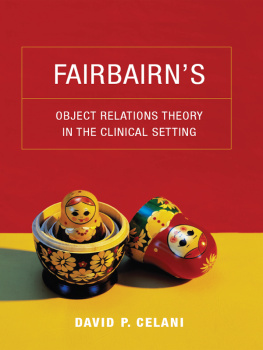

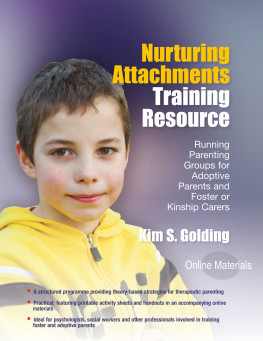


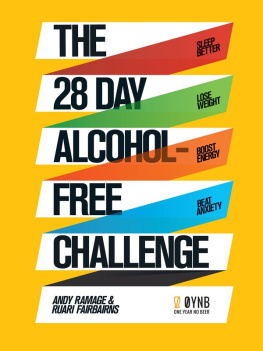
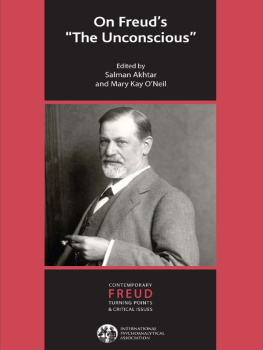
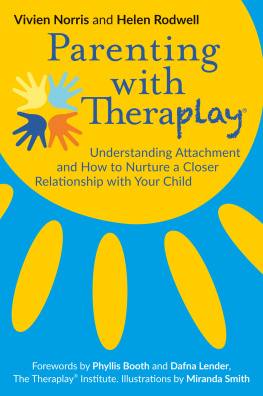
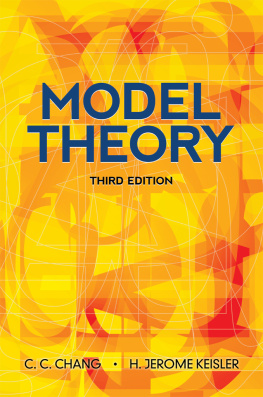
 NEW YORK
NEW YORK